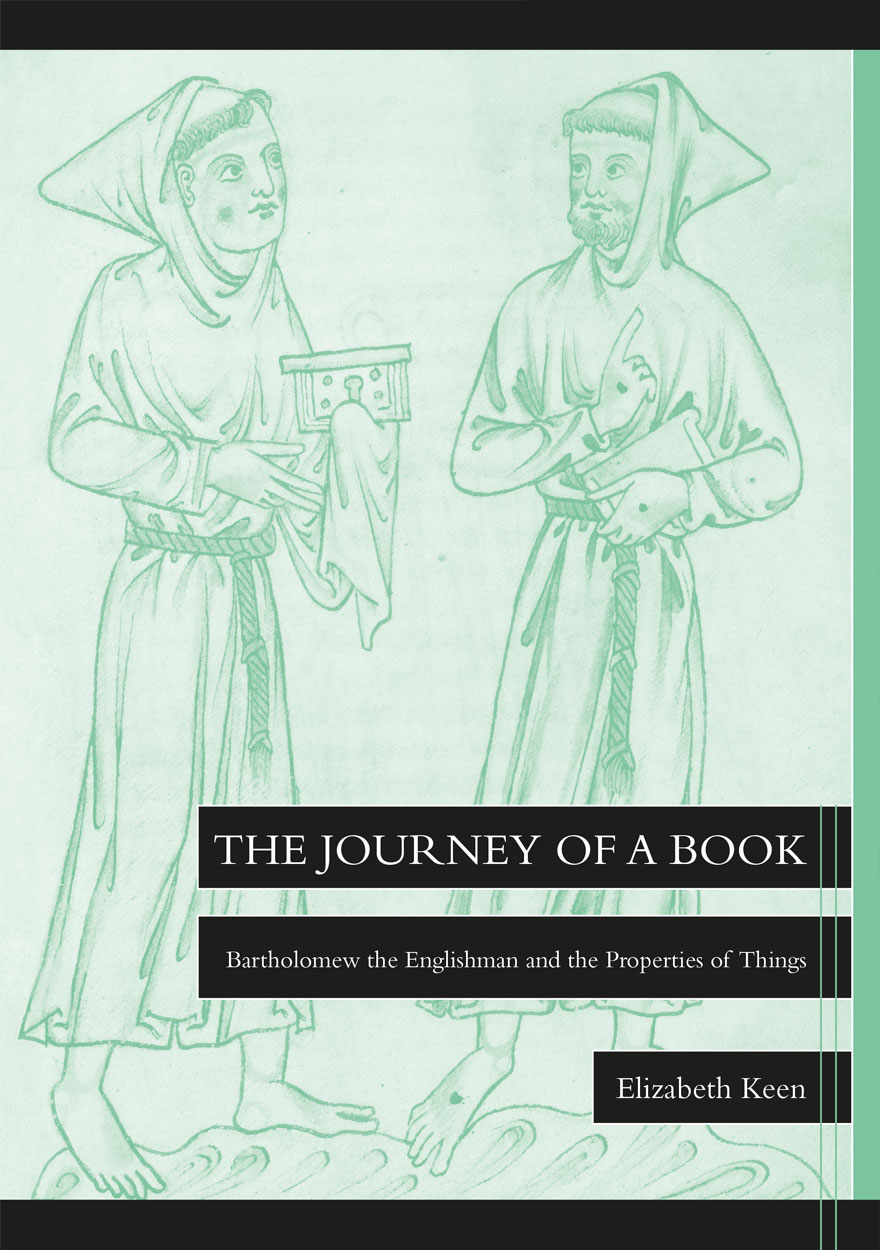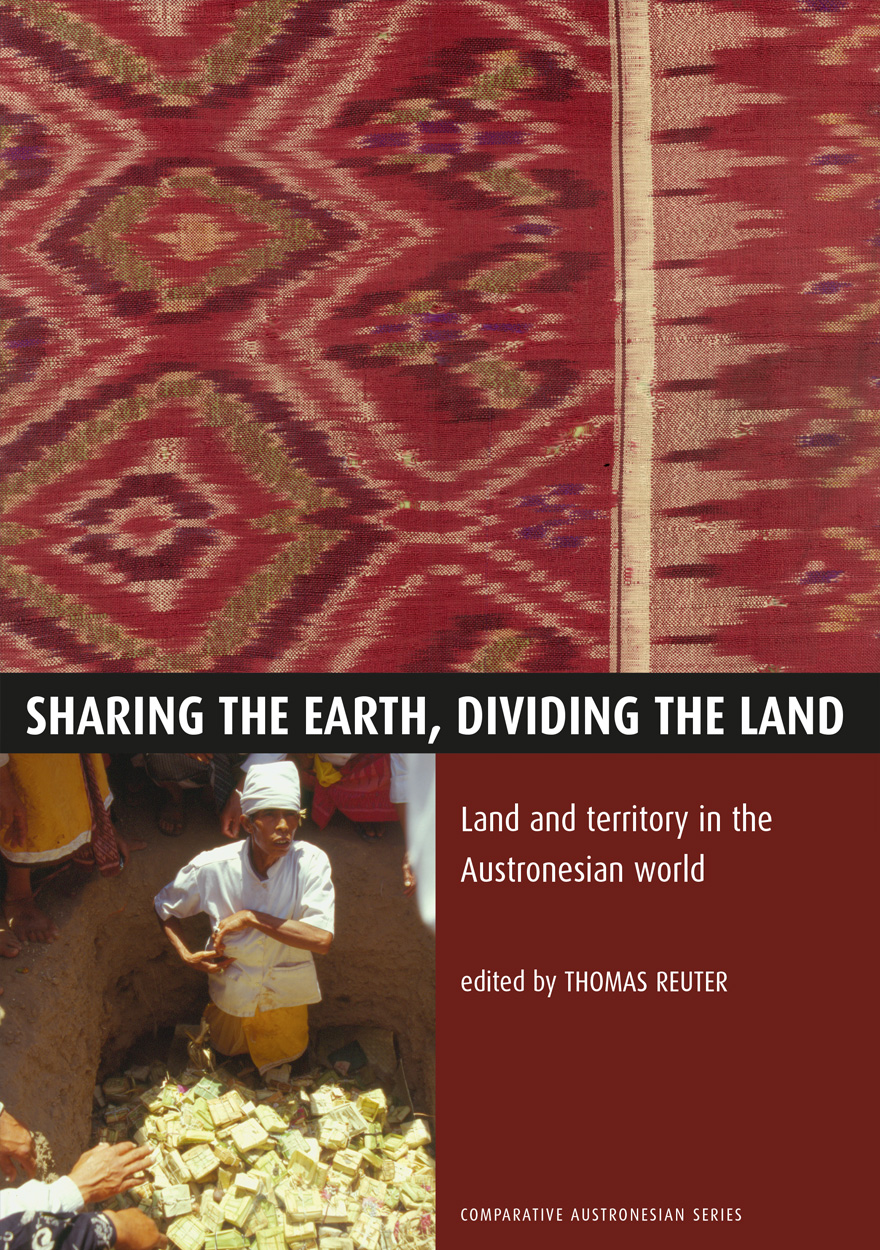Books
Browse or search ANU Press' range of books or find out more about the publications' authors and co-publishers. Download the book for free or buy a print-on-demand copy.
Displaying results 211 to 220 of 233.

Culture in Translation »
The anthropological legacy of R. H. Mathews
Edited by: Martin Thomas
Publication date: September 2007
R. H. Mathews (1841–1918) was an Australian-born surveyor and self-taught anthropologist. From 1893 until his death in 1918, he made it his mission to record all ‘new and interesting facts’ about Aboriginal Australia. Despite falling foul with some of the most powerful figures in British and Australian anthropology, Mathews published some 2200 pages of anthropological reportage in English, French and German. His legacy is an outstanding record of Aboriginal culture in the Federation period.
This first edited collection of Mathews’ writings represents the many facets of his research, ranging from kinship study to documentation of myth. It include eleven articles translated from French or German that until now have been unavailable in English. Introduced and edited by Martin Thomas, who compellingly analyses the anthropologist, his milieu, and the intrigues that were so costly to his reputation, Culture in Translation is essential reading on the history of cross-cultural research.
The translations from the French are by Mathilde de Hauteclocque and from the German by Christine Winter.
For more information on Aboriginal History Inc. please visit aboriginalhistory.org.au.

'The Axe Had Never Sounded' »
Place, people and heritage of Recherche Bay, Tasmania
Authored by: John Mulvaney
Publication date: August 2007
‘This book meets well the triple promise of the title – the inter-connections of place, people and heritage. John Mulvaney brings to this work a deep knowledge of the history, ethnography and archaeology of Tasmania. He presents a comprehensive account of the area’s history over the 200 years since French naval expeditions first charted its coastlines. The important records the French officers and scientists left of encounters with Aboriginal groups are discussed in detail, set in the wider ethnographic context and compared with those of later expeditions.
‘The topical issues of understanding the importance of Recherche Bay as a cultural landscape and its protection and future management inform the book. Readers will be challenged to consider the connections between people and place, and how these may constitute significant national heritage.’
Professor Isabel McBryde, AO, FRAI, FAHA, FSA
The Australian National University
For more information on Aboriginal History Inc. please visit aboriginalhistory.org.au.

The Journey of a Book »
Bartholomew the Englishman and the Properties of Things
Authored by: Elizabeth Keen
Publication date: June 2007
De proprietatibus rerum, ‘On the properties of things’, has long been referred to by scholars as a medieval encyclopedia, but evidence suggests that it has been many things to many people. The sheer number of extant manuscript copies and printed editions, along with translations, adaptations, and mentions in poems and sermons, testify to its continuous significance for Europeans of all estates and different walks of life, from the thirteenth to the seventeenth centuries. While first compiled soon after the time of St Francis by a humble continental friar to meet the needs of his expanding religious brotherhood, by 1600 English men of letters had claimed Bartholomew as a noble compatriot and national treasure. What was it about the work that propelled it through a progression of medieval cultures and into an exalted position in the world of English letters? This reception history traces evidence for the journey of ‘Properties’ over four centuries of social, political and religious change.

The Archaeology of the Aru Islands, Eastern Indonesia »
Edited by: Sue O'Connor, Matthew Spriggs, Peter Veth
Publication date: February 2007
This volume describes the results of the first archaeological survey and excavations carried out in the fascinating and remote Aru Islands, Eastern Indonesia between 1995 and 1997. The naturalist Alfred Russel Wallace, who stopped here in search of the Birds of Paradise on his voyage through the Indo-Malay Archipelago in the 1850s, was the first to draw attention to the group. The results reveal a complex and fascinating history covering the last 30,000 years from its early settlement by hunter-gatherers, the late Holocene arrival of ceramic producing agriculturalists, later associations with the Bird of Paradise trade and the colonial expansion of the Dutch trading empires.
The excavations and finds from two large Pleistocene caves, Liang Lemdubu and Nabulei Lisa, are reported in detail documenting the changing environmental and cultural history of the islands from when they were connected to Greater Australia and used by hunter/gatherers to their formation as islands and use by agriculturalists. The results of the excavation of the late Neolithic — Metal Age midden at Wangil are discussed, as is the mysterious pre-Colonial fort at Ujir and the 350-year old ruins of forts and a church associated with the Dutch garrisons.

What's Changing: Population Size or Land-Use Patterns? »
The archaeology of Upper Mangrove Creek, Sydney Basin
Authored by: Val Attenbrow
Publication date: February 2007
The Upper Mangrove Creek catchment was an ideal locality in which to undertake field investigation into Aboriginal use of the coastal hinterland. The area, 101 square kilometres in size, is rich in sites that provided significant archaeological evidence of Aboriginal use of the coastal hinterland. The catchment became the focus of major archaeological salvage work in the late 1970s, prior to the construction of the Mangrove Creek Dam. Further research, undertaken by Val Attenbrow, on the total catchment expanded upon the results of earlier work. This monograph describes the later research project and summarises the salvage program results. This evidence is used by the author to explore current research issues relating to the interpretation of the mid- to late-Holocene archaeological record in Australia, particularly quantitative changes relating to population numbers and aspects of human behaviour, such as risk management, subsistence, mobility and land-use patterns.

Numinous Subjects »
Engendering the Sacred in Western Culture, An Essay
Authored by: Lucy Tatman
Publication date: January 2007
Part religious studies, part feminist theory, part philosophy, part indescribable: such is Numinous Subjects. Described by the author as ‘a kaleidoscopic exploration of why three gendered figures of the sacred matter within western culture,’ the experience of reading this text truly is akin to gazing through a constantly turning kaleidoscope. Images, concepts, phrases and quotes are continually revisited, recombined, though never repeated in quite the same way. From these tumbling constellations arises a new understanding and wary appreciation of the figures of the virgin, the mother, and the whore. Drawing on the insights of thinkers as diverse as Rudolph Otto, Julia Kristeva, Simone de Beauvoir, and Martin Buber, Numinous Subjects simultaneously expands and focuses our attention on the myth of the sacred and its implications for female subjects in western culture today.

Coastal Themes »
An Archaeology of the Southern Curtis Coast, Queensland
Authored by: Sean Ulm
Publication date: December 2006
Coastal archaeology in Australia differs in many respects from that of other areas, with the potential to examine relatively fine-scale variation. Nevertheless, there has been a general tendency in Australian archaeology to play down the variability and to subsume the evidence into broader homogenising models of Aboriginal cultural change. This case study clearly and self-consciously addresses the need to focus on local and regional patterns before moving on to more general levels of explanation.
Coastal Themes builds a detailed chronology of Aboriginal occupation for the southern Curtis Coast in Queensland. Innovative analyses refine radiocarbon dates and explore discard behaviours and post-depositional processes affecting the integrity of coastal archaeological sites. The resulting insights highlight major changes in Aboriginal use of this region over the last 5,000 years and disjunctions between the course of occupation in this and adjacent regions.

What Good Condition? »
Reflections on an Australian Aboriginal Treaty 1986–2006
Edited by: Peter Read, Gary Meyers, Bob Reece
Publication date: December 2006
What Good Condition? collects edited papers, initially delivered at the Treaty Advancing Reconciliation conference, on the proposal for a treaty between Aboriginal and non-Aboriginal Australians, a proposal which has been discussed and dissected for nearly 30 years.
Featuring contributions from prominent Aboriginal community leaders, legal experts and academics, this capacious work provides an overview of the context and legacy of the residue of treaty proposals and negotiations in past decades; a consideration of the implications of treaty in an Indigenous, national and international context; and, finally, some reflections on regional aspirations and achievements.
For more information on Aboriginal History Inc. please visit aboriginalhistory.org.au.

Origins, Ancestry and Alliance »
Explorations in Austronesian Ethnography
Edited by: James J. Fox, Clifford Sather
Publication date: October 2006
This collection of papers, the third in a series of volumes on the work of the Comparative Austronesian Project, explores indigenous Austronesian ideas of origin, ancestry and alliance and considers the comparative significance of these ideas in social practice. The papers examine social practice in a diverse range of societies extending from insular Southeast Asia to the islands of the Pacific.

Sharing the Earth, Dividing the Land »
Land and territory in the Austronesian world
Edited by: Thomas Reuter
Publication date: October 2006
This collection of papers is the fifth in a series of volumes on the work of the Comparative Austronesian Project. Reflecting the unique experience of fourteen ethnographers in as many different societies, the papers in this volume explore how people in the Austronesian-speaking societies of the Asia-Pacific have traditionally constructed their relationship to land and specific territories. Focused on the nexus of local and global processes, the volume offers fresh perspectives to current debate in social theory on the conflicting human tendencies of mobility and emplacement.



